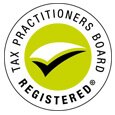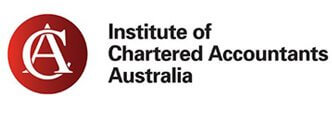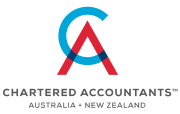
As a small business owner in Australia, you’re likely focused on keeping your operations running smoothly, managing cash flow, and staying on top of your tax obligations. But with increasing sophistication in cybercrime and scams, it’s crucial to add another task to your list—protecting your business from tax scams.
The Australian Taxation Office (ATO) has warned businesses about the rise in tax-related fraud, especially during key periods like tax time. Scammers target small businesses by impersonating the ATO, exploiting gaps in cybersecurity, and taking advantage of time-poor operators. Here’s how to identify common scams and protect your business from falling victim.
Common Tax Scams to Watch Out For
Fake ATO Phone Calls or Emails
Scammers often pose as ATO representatives, claiming you owe a tax debt or that your ABN is at risk of being cancelled. They may demand urgent payment, often via untraceable methods like gift cards or cryptocurrency.
Red flag: The ATO will never threaten you with arrest, demand immediate payment, or ask for your financial details via email or SMS.
Phishing Emails and Texts
These messages often look official, using ATO branding and logos. They’ll ask you to click on a link to claim a refund, lodge a form, or update your information.
Red flag: These links typically lead to fake websites designed to steal your personal or financial data.
Business Identity Theft
Scammers can steal your business identity using your ABN or TFN and lodge false returns or claim refunds in your name.
Red flag: Unexpected ATO correspondence, unfamiliar tax transactions, or returns lodged that you didn’t authorise.
How to Stay Safe
Verify Communications
If you receive a suspicious message or phone call, don’t act on it immediately. Hang up or delete the message and contact the ATO directly through official channels to confirm the legitimacy.
Keep Your Systems Secure
Ensure your accounting software, anti-virus programs, and firewalls are up to date. Regularly change passwords and educate your staff about cyber risks and secure handling of financial data.
Use a Registered Tax or BAS Agent
Working with a registered accountant or tax agent, like Glance Consultants, means you have professional oversight and advice, reducing your exposure to fraudulent schemes. We can also act as a buffer between you and scammers by managing correspondence with the ATO.
Check ABN and ATO Records Regularly
Log in to your ATO Online Services or Business Portal to monitor activity. Regular checks can help you spot unauthorised changes early.
If You Think You’ve Been Scammed
Act fast. Contact your accountant or tax agent immediately. Report the scam to the ATO and, if financial loss is involved, notify your bank and the Australian Cyber Security Centre.
Stay Vigilant with Glance Consultants
Tax scams are becoming harder to spot, but staying informed and proactive is your best defence. At Glance Consultants, we help small businesses like yours navigate tax time with confidence and security. If you’re unsure about any ATO communication or need help strengthening your financial defences, we’re here to support you.
Need help? Contact Glance Consultants today.









